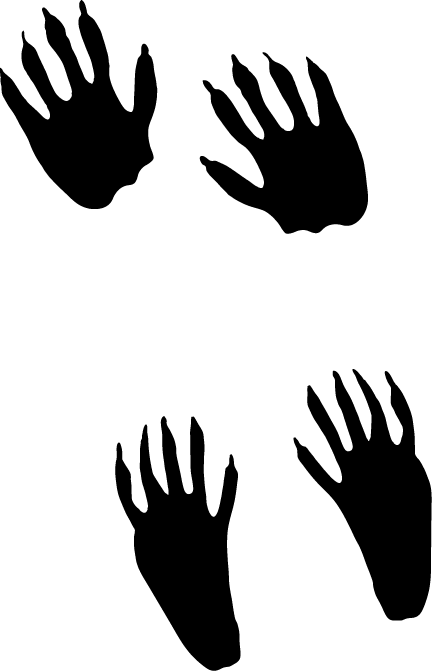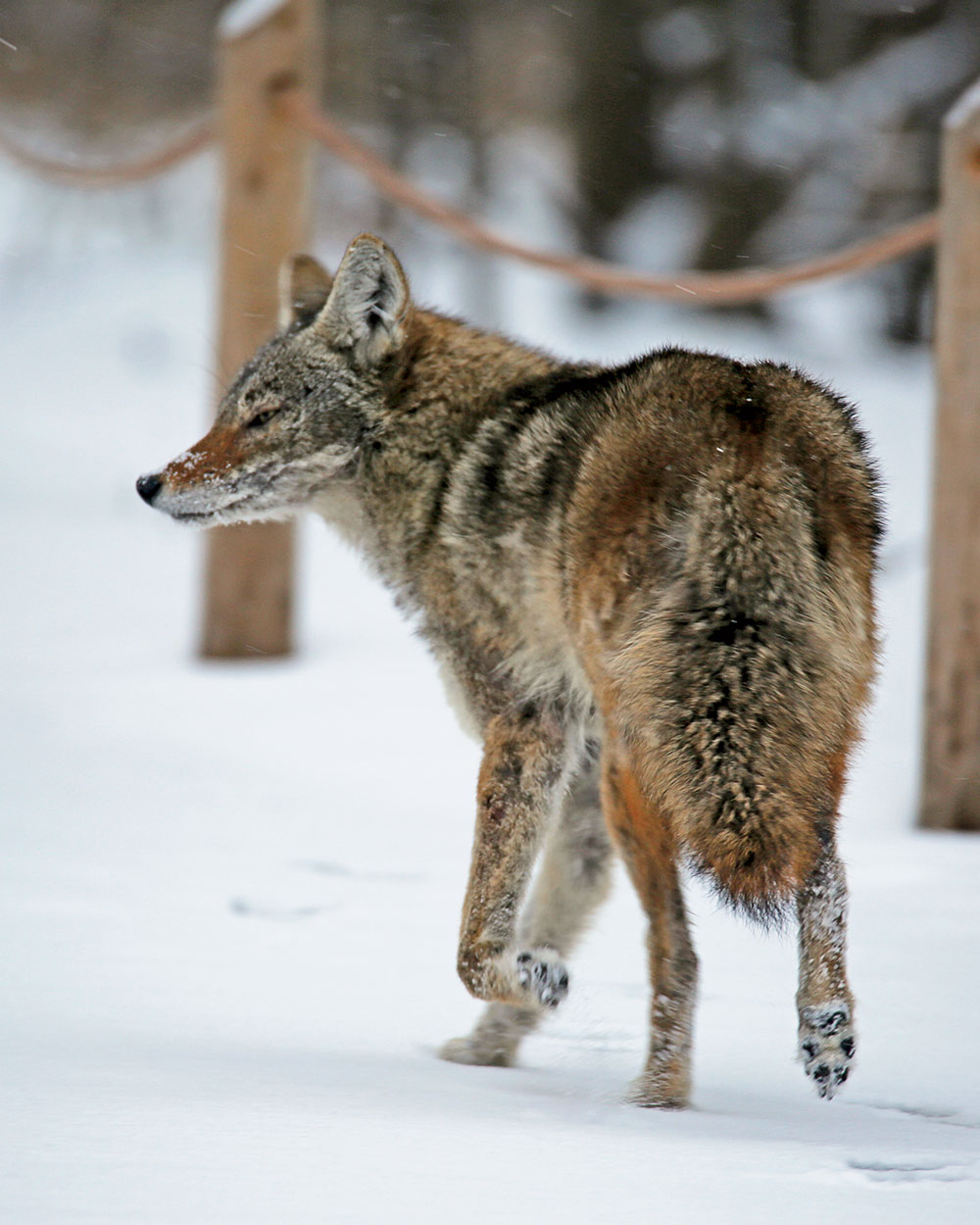When snow falls overnight, the footprints of Chicago’s wild critters are unusually visible, especially in nature parks or cemeteries early in the morning, before people (and their dogs) show up. If the snow’s a bit wet — not too fluffy — you can make out the distinctive impressions left by a variety of paws and hooves. I’ve seen coyote trails crisscrossing graveyards and the traces of what must have been midnight mammal conventions at Montrose Point Bird Sanctuary. Here’s what to look for.

Deer
Their tracks: Each hoof makes two parallel teardrop shapes, a few inches long.
What they’re up to: Slowing down in harsh weather, white-tailed deer eat twigs but also rely on the fat they’ve built up.
Where to look: Rosehill Cemetery, LaBagh Woods

Coyotes
Their tracks: The right and left paw prints form a single, straight line.
What they’re up to: Coyotes often walk across ice-covered lakes and ponds. Look for pairs play-wrestling during their brief mating season, January and February.
Where to look: Graceland Cemetery, Big Marsh Park

Rabbits
Their tracks: When running, rabbits hit the ground with their rear paws in front, so they create a sort of triangle: two long prints, followed by two smaller ones clustered closer.
What they’re up to: Taking shelter in shrubs, eastern cottontails burn off the fat they’ve built up. February is when rabbit couples start doing the thing they’re so famous for.
Where to look: Everywhere

Raccoons
Their tracks: An ambling gait leaves side-by-side tracks; each paw has toes that look almost like human fingers.
What they’re up to: Though they keep active in their quest for food, raccoons fall into a state called torpor when temps drop below 15, as they shelter in various nooks and crannies, such as holes in trees.
Where to look: Bill Jarvis Migratory Bird Sanctuary, Jackson Park

Foxes
Their tracks: Forming a straight line, the prints (an inch or two wide) look fuzzy. That’s because their paws are furry.
What they’re up to: With their thick winter fur, red foxes often snooze out in the open in the snow. They spend their days hunting and foraging.
Where to look: Millennium Park, Loyola University



